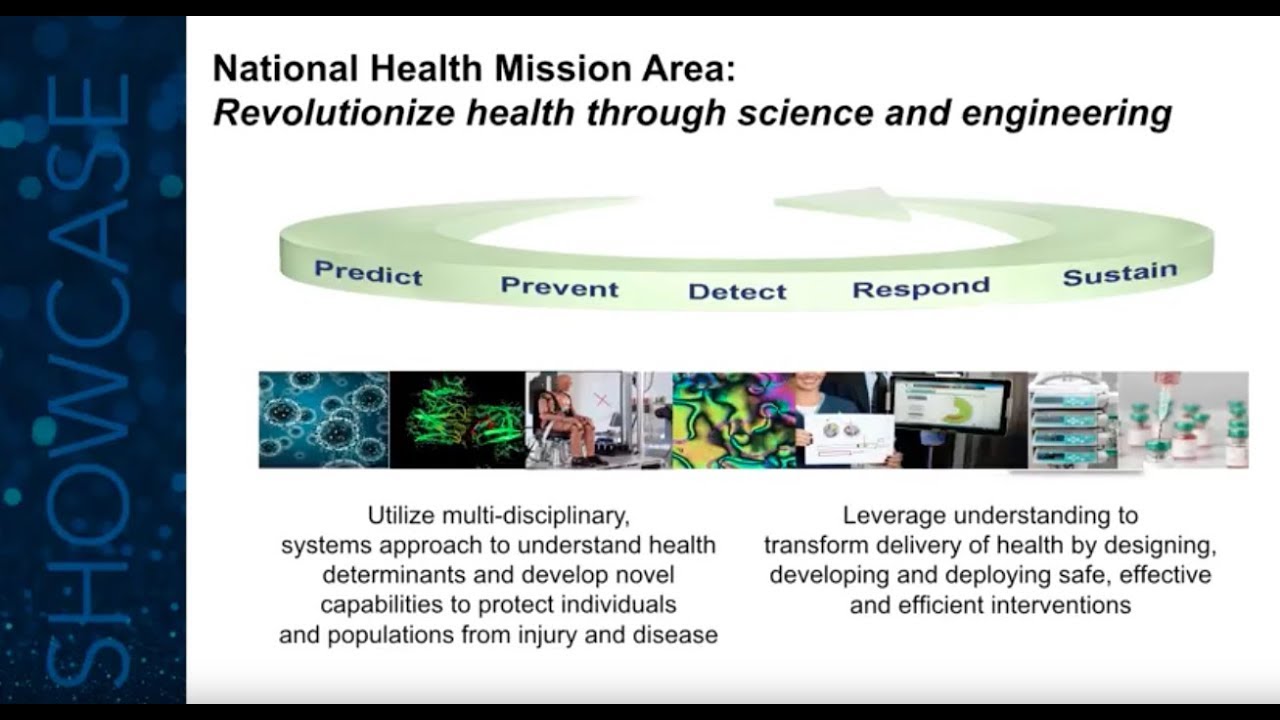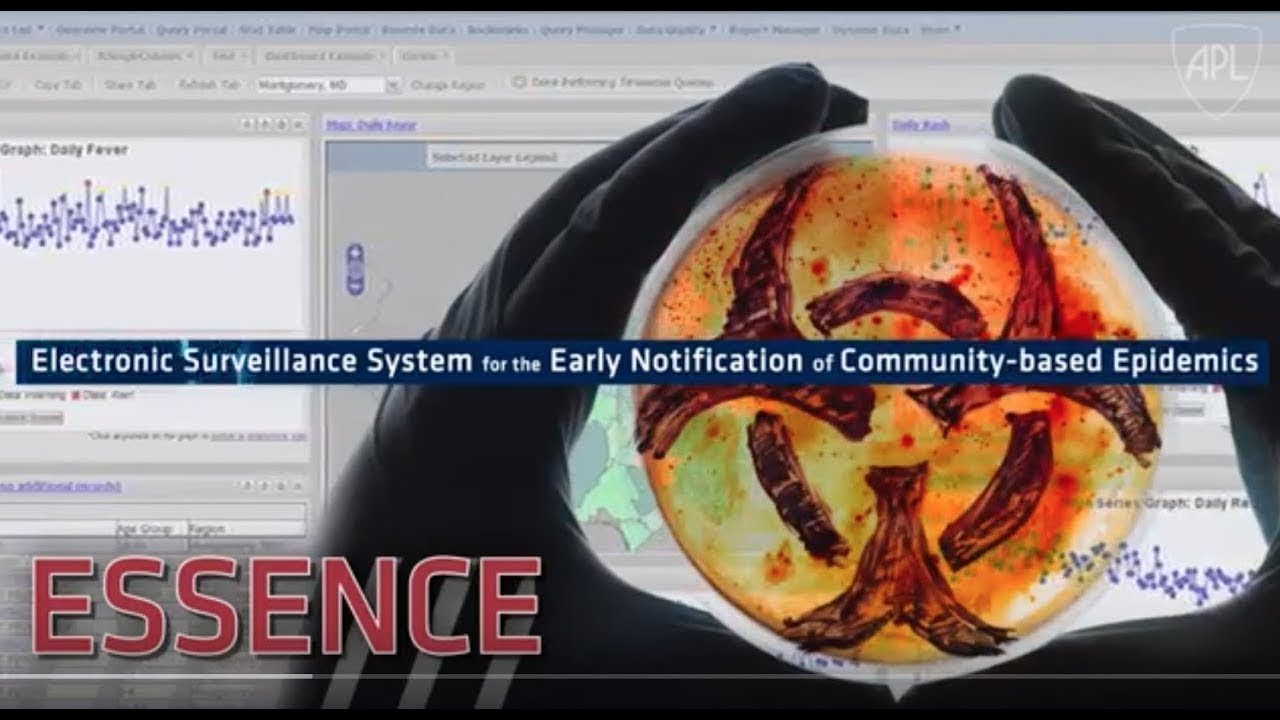Press Release
Public Health Officials Leverage APL-Developed Disease-Surveillance System to Manage Opioid Epidemic
Federal government and state public health officials are leveraging a disease surveillance system developed by the Johns Hopkins University Applied Physics Laboratory (APL) in Laurel, Maryland, to better track opioid-related deaths. It is the latest application of the Electronic Surveillance System for the Early Notification of Community-based Epidemics (ESSENCE), which has also been used to predict and respond to outbreaks of infectious diseases, to monitor mass gatherings, and even to assist in disaster recovery efforts.
The power of ESSENCE is that it helps public health officials better understand what’s going on in their communities, develop appropriate responses and, ultimately, save lives, said Wayne Loschen, a software engineer and ESSENCE project manager in APL’s National Health Mission Area.
According to the Centers for Disease Control and Prevention (CDC), 91 Americans die every day from an opioid overdose, and “in many regions in the Unites States, the opioid abuse crisis is worsening despite mitigation efforts,” notes Loschen. Epidemiologists are increasingly relying on electronic disease surveillance systems — such as ESSENCE — to get a better understanding of the scope of the opioid abuse.
ESSENCE monitors and provides alerts for rapid or unusual increases in the occurrence of infectious diseases and biological outbreaks. The CDC, several state public health agencies, and individual regional, county and city public health agencies are using the tool to collect reports from emergency room admissions that are opioid abuse-related. They also query medical examiner reports, which can provide information on opioid abuse-associated deaths; poison control call center data, which can capture opioid abuse-associated calls; and emergency medical system (EMS) run data, which can provide information on potential opioid abuse-related EMS runs, as well as encounters requiring the administration of Naloxone (the medication for reversing opioid overdose effects).
“When accurate and reliable data sources are made available to electronic disease surveillance systems, such as ESSENCE, public health specialists can provide a more comprehensive picture of fatal and nonfatal opioid overdose case counts, as well as time trends, and high-risk regions,” Loschen said. “This complete picture of the full burden of the opioid abuse crisis will help officials appropriately implement prevention and response measures and better direct resources.”

